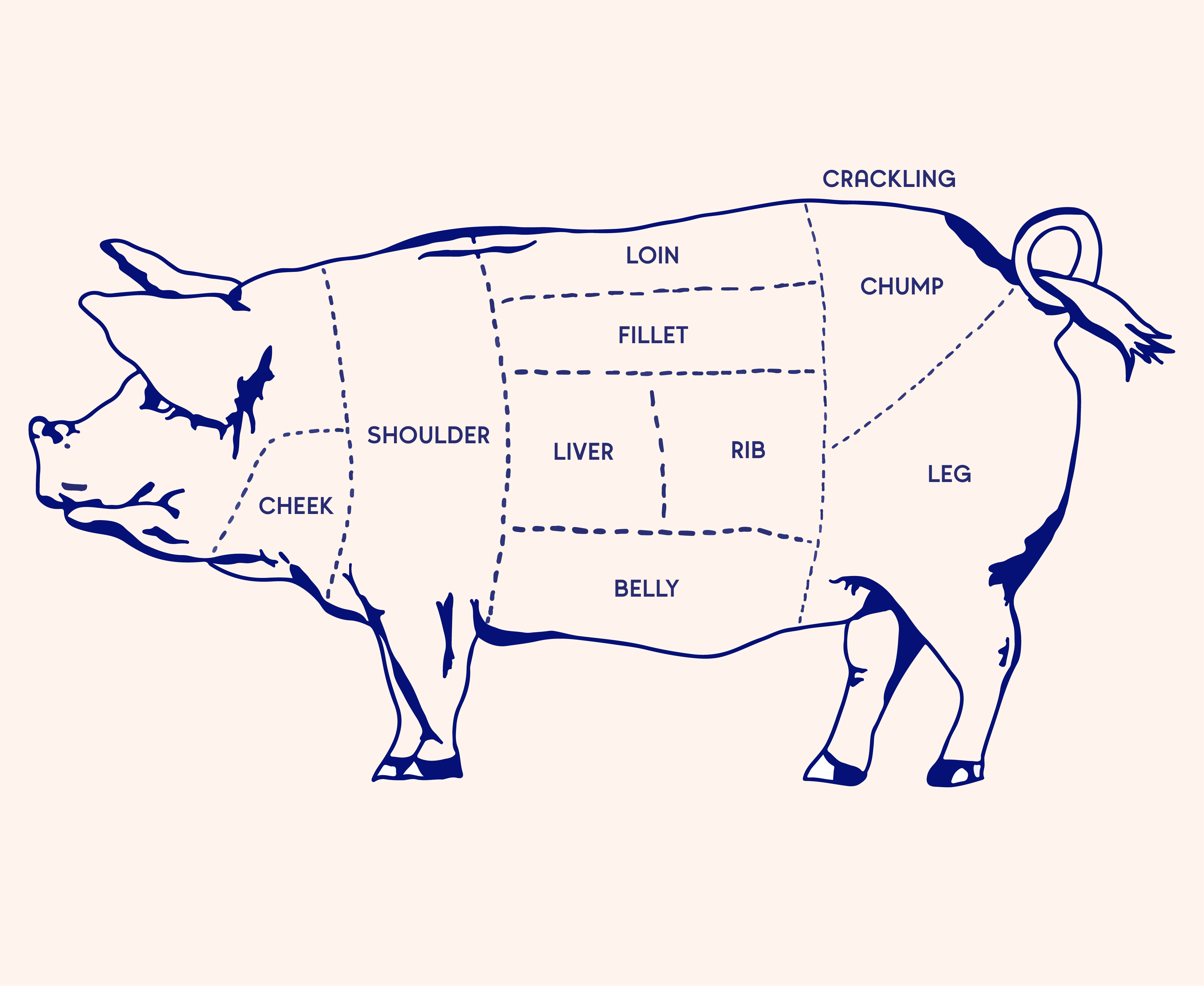Pork Crackling
Pork crackling comes from the pig's skin, particularly the fat and skin layer covering the meat. It's usually found on pork cuts like pork belly or pork loin that still have the skin attached. When cooked, this skin transforms into the crispy, crunchy treat we know and love.
Texture
Pork crackling has a distinctive texture and consistency. When properly baked, it becomes crunchy, and airy, with a satisfying snap when bitten into.
Best method for cooking
There’s an art to making perfect crunchy crackling. You have to score or cut the pork skin, sprinkle it with salt and let it dry out. Then, roast it in a hot oven until it puffs up and becomes crispy
Iconic dishes
People often munch on crackling as a snack — just like chips. It's also used to add some oomph to other meals. You can sprinkle it on salads, soups, or even sandwiches for a gourmet garnish.
Different regions and cuisines have their own variations of pork crackling. For example, in the US, it’s commonly referred to as pork rinds and is available in various flavours, from salt and pepper to smoky jalapeño.
